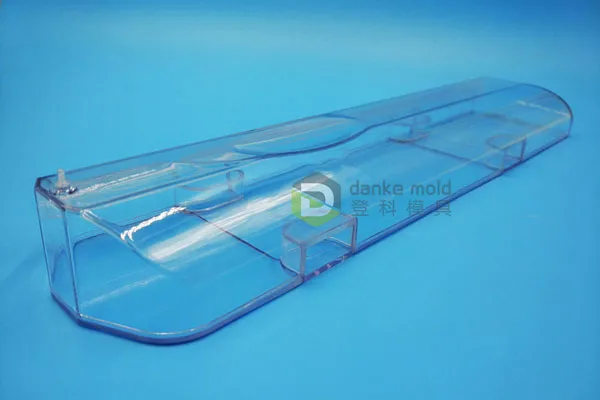High-volume manufacturing is no stranger to technology. Assembly lines, automation, and precision engineering have been its hallmarks for decades. But in the digital age, high-volume manufacturing is getting a serious upgrade. Think smart factories, interconnected machines, and data-driven decision-making. Let’s explore how technologies like AI, IoT, and data analytics are revolutionizing high-volume production.
Predictive Maintenance: No More Unexpected Downtime
Imagine your car telling you it needs an oil change before the engine starts smoking. That’s the idea behind predictive maintenance in manufacturing. Instead of waiting for a machine to break down, we can use sensors and AI to predict when maintenance is needed.
These sensors collect data on everything from vibration and temperature to energy consumption and operating hours. This data is then fed into AI algorithms that can detect subtle patterns and anomalies, signaling potential problems before they cause costly downtime.
This is a game-changer for high-volume manufacturing, where even a short interruption in production can have a significant impact on output and profitability. Predictive maintenance helps us keep machines running smoothly, minimize downtime, and optimize production schedules.
Real-Time Process Monitoring: Keeping a Close Eye on Production
In the past, monitoring production processes often involved manual data collection and analysis, which was time-consuming and prone to errors. But with the Industrial Internet of Things (IoT), we can now monitor production in real-time, with incredible accuracy and detail.
IoT sensors embedded in machines and throughout the factory floor collect a wealth of data on everything from temperature and pressure to material flow and energy consumption. This data is then transmitted wirelessly to a central system where it can be visualized and analyzed in real-time.
This gives us a bird’s-eye view of the entire production process, allowing us to identify bottlenecks, optimize machine settings, and quickly respond to any deviations from the norm. It’s like having a digital dashboard for your entire factory, providing instant insights into performance and efficiency.

Vacuum casting products
Robots and Cobots: The Rise of the Machines (But in a Good Way!)
Robots have been a staple of high-volume manufacturing for decades, performing repetitive tasks with precision and speed. But the latest generation of robots, known as collaborative robots or “cobots,” are taking automation to a new level.
Cobots are designed to work alongside humans, sharing tasks and collaborating on complex operations. They’re equipped with advanced sensors and safety features that allow them to operate safely in close proximity to human workers.
This opens up new possibilities for human-robot collaboration, where cobots can handle physically demanding or repetitive tasks, freeing up human workers to focus on more complex and creative aspects of production.
Data Analytics: Turning Data into Insights (and Profits)
High-volume manufacturing generates a massive amount of data. But data alone is not enough. We need to turn that data into actionable insights that can help us improve efficiency, optimize quality, and reduce costs.
That’s where data analytics comes in. By applying sophisticated algorithms and machine learning techniques to production data, we can uncover hidden patterns, identify areas for improvement, and make data-driven decisions that optimize the entire manufacturing process.
This could involve anything from optimizing machine settings to streamlining production workflows to predicting customer demand and adjusting production schedules accordingly.
Data analytics is the key to unlocking the full potential of high-volume manufacturing in the digital age, allowing us to achieve new levels of efficiency, quality, and competitiveness.
High-volume manufacturing is embracing the digital revolution, transforming factories into smart, interconnected ecosystems where machines communicate, data drives decisions, and humans and robots collaborate seamlessly. By harnessing the power of AI, IoT, and data analytics, high-volume manufacturing can achieve new levels of efficiency, agility, and sustainability.
